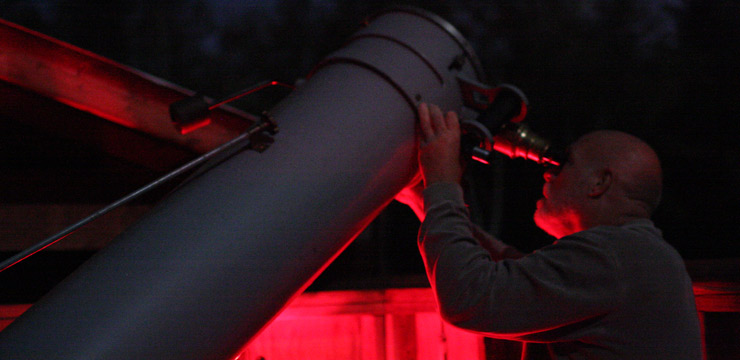
Spectral Analysis of Class Be Star Nu Gem
June 2021 :
Stars have different characteristics. Consequently, these differences end up classifying stars into many different classes. (i.e., OBAFGKMS) Lately, I have been spending my time on one class. (B class)
B class stars:
1. have a mass from 3 to 20 times the mass of the sun;
2. have a surface temperature of 10,000 to 30,000 degrees;
3. are blue and luminous.
A great example of B-class stars is the Pleiades (M45): Alcyone, Atlas, Electra, Maia, Merope, Taygeta, Pleione, Celaeno, Sterope
The outer layers of a star absorb specific wavelengths of light. These absorption “dark lines” are an indication of the elements in the outer layers; however, some stars have bright lines in their spectra rather than the usual dark line. I have concentrated my time studying B-class stars with bright lines. The stars are called “Be” stars.
Be stars have the following characteristic:
1. Material that has been ejected from the star and surrounds the star
2. Rapid rotation
3. Spectral line emission by the re-processing of stellar ultraviolet light in the gaseous disc



These Brood X Cicadas were mating on a road during the 2004 breeding season. Photo by superbatfish.
Related Topics




